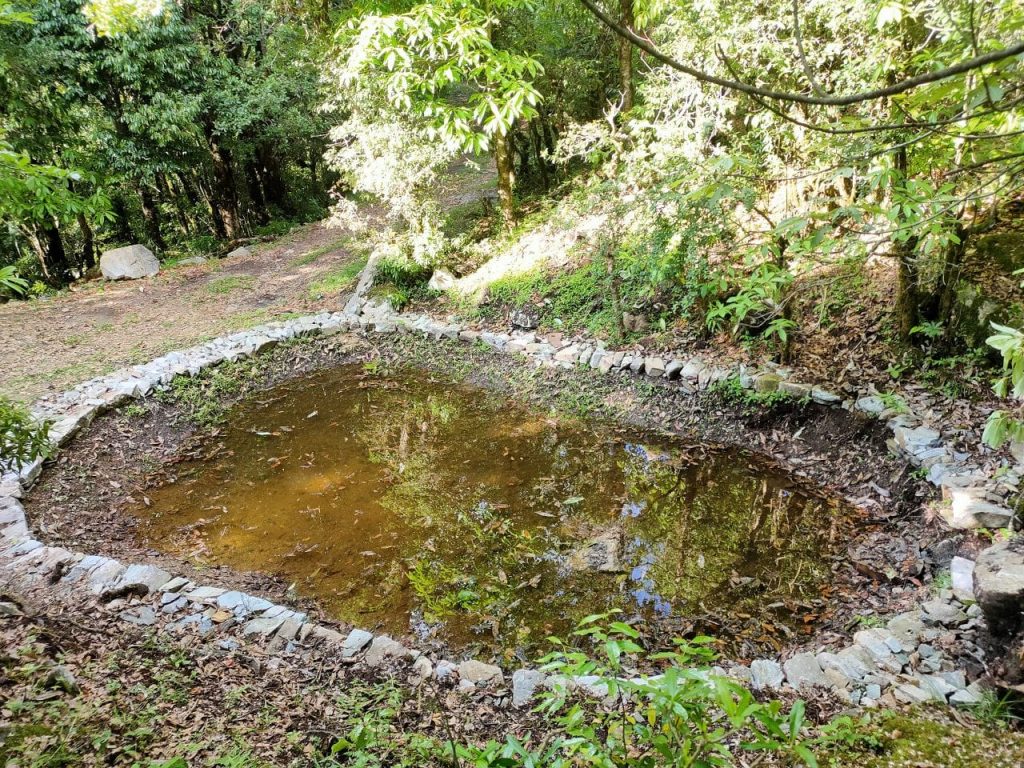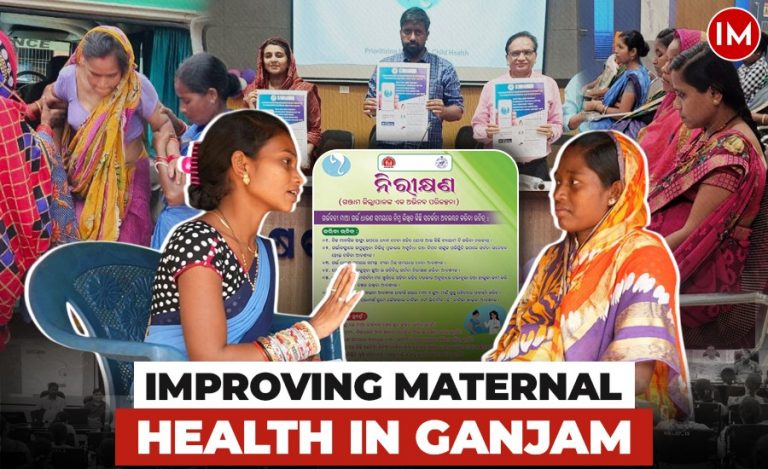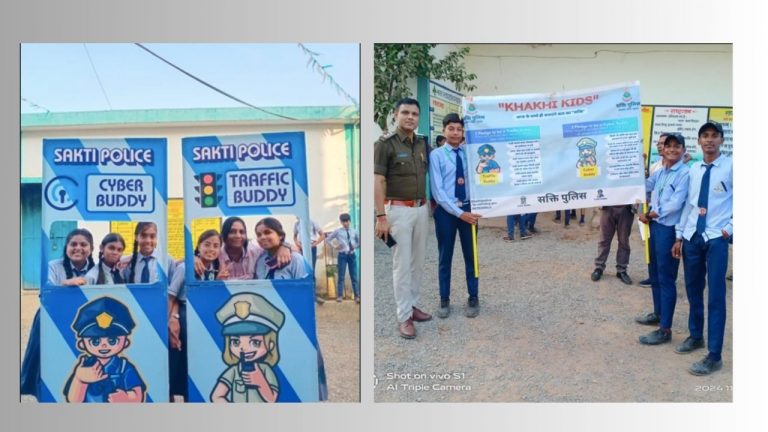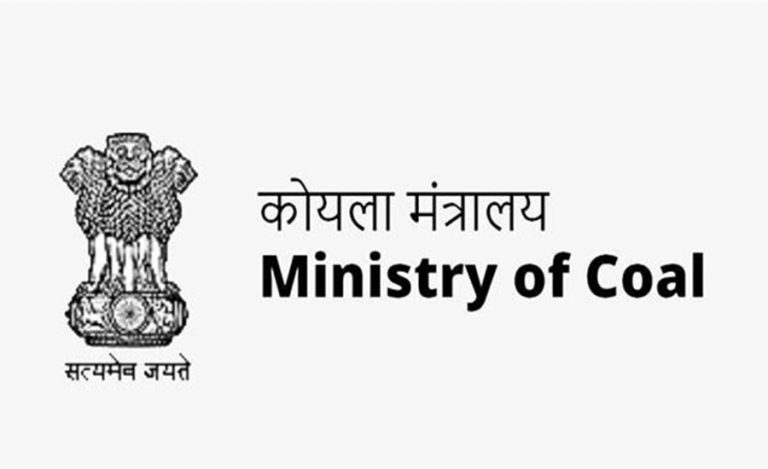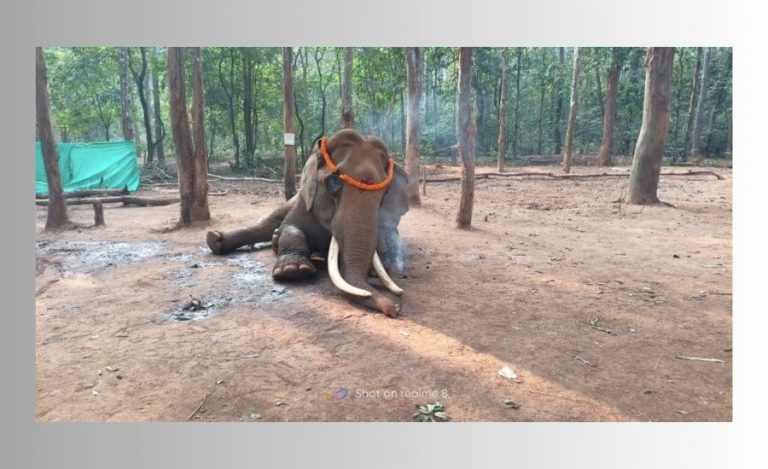With monsoon knocking on its doors, the hilly state of Uttarakhand has started recording heavy rainfall. While national highways are getting blocked due to landslides, places like Chamoli, Rudraprayag, Bageshwar and Pithoragarh are facing rise in the water levels of its rivers.
At the same time, the Rudraprayag Forest Division, situated in the middle of Himalayas, is witnessing excellent work done by the forest department for rainwater and soil moisture conservation. District Forest Officer of Rudraprayag, Mr. Vaibhav Singh said, “With the efforts of my staff, field team, and other people, we have managed to conserve around 80 lakh litres of water during these 15-20 days of heavy rainfall.”
VULNERABLE TO FIRE
After the tragic natural disaster which took place at Kedarnath and nearby areas in 2013, people in such hilly areas are now not comfortable with heavy rainfall. Talking about the issues in Rudraprayag forest division, IFS officer Vaibhav Singh said “We have around 15000-16000 hectares of Chir Pine dominated forests. As chir always grows in the dryer parts of the forest it makes it more vulnerable to fire. Secondly, due to the dry forest floor and no soil moisture, hardly any vegetation comes up in these forests.”

“Many villages in the district source their water from the nearby forest areas through small streams and channels. In peak summer season, these water bodies dry up and creates issues for the adjoining villages. Not only humans but the wild and domestic animals also suffer from lack of water,” he added.
To find a solution to these issues, the forest department in Rudraprayag has been working extensively for the past couple of years on the conservation of rainwater and soil moisture.
PUTTING IN EFFORTS
The implementation of the idea to conserve rainwater in Rudraprayag has been taken from the traditional ways of chal khal system followed mostly in the Garhwal region. The villagers would dig small percolation pits on every bit of available land on the slopes that surrounded a drain line. The pits prevent water and soil erosion and also increases percolation. The rainwater infiltrates the soil and recharges the groundwater, and ultimately forms a river body.

Mr. Singh said “We have been doing this work for the past two-three years, but last year in particular we did it on a very large scale. Out of all the six ranges in the division, we selected areas which are vulnerable to fires. With the help of funds availed from the State Compensatory Afforestation Fund Management and Planning Authority (CAMPA) and Namami Gange scheme, we made around 1732 check dams of various types ranging from vegetative to crate wires and contour trenches were dug up in 330 hectares of degraded Chir Pine forests. With this, around 612 water bodies of different capacities were created with a total water retention capacity of more than 1 crore litres.”

During the Covid19 pandemic, these forest divisions and villages saw a high rate of migration due to a shortage of employment opportunities. Mr. Singh said, “As such initiatives are labor-intensive, they also created local level employment opportunities for many people, especially women.”
BENEFITS
The work done in the Rudraprayag forest division is now bearing fruits with 70 to 80 percent of the water bodies filled up to the brim.

Mr. Singh said, “Some of the immediate benefits of this initiative are that we have prevented a lot of soil from eroding; secondly, it adds to the ground water through which it gets recharged; thirdly, these ponds store water for around 20-25 days after the rains stop which helps in growing natural grass and vegetation around these water bodies.”
As this is the decade of ecosystem restoration and almost every state in the country is focusing on water conservation, this initiative can become a model for many places in the country as also in Uttarakhand.

